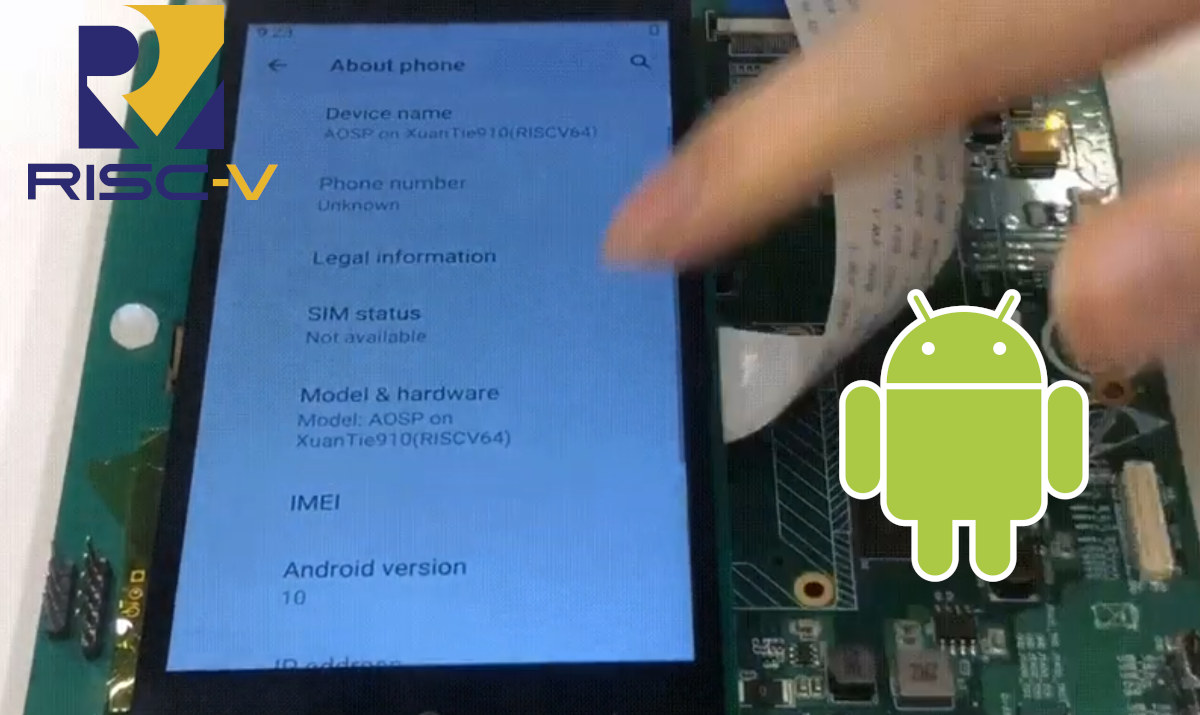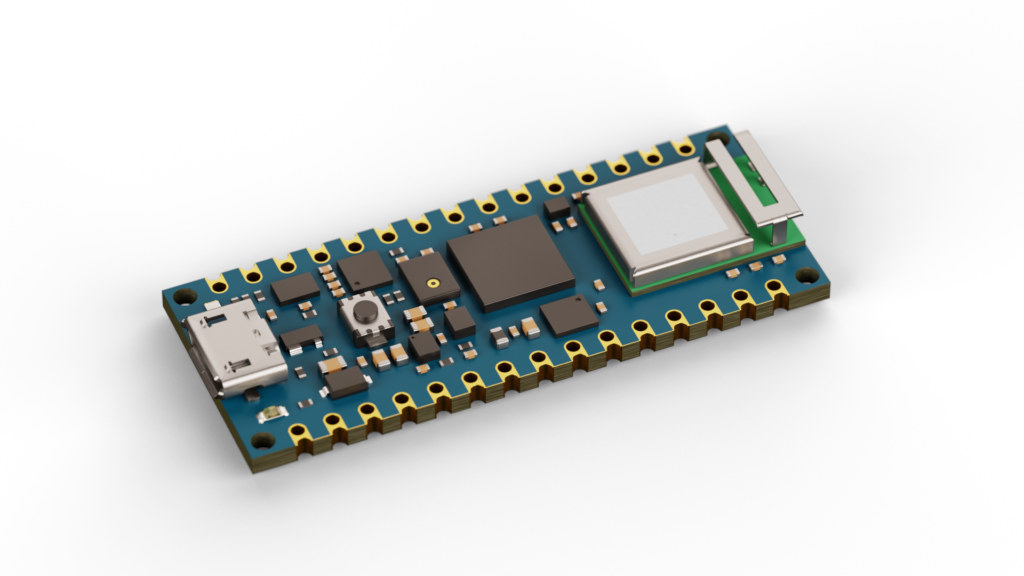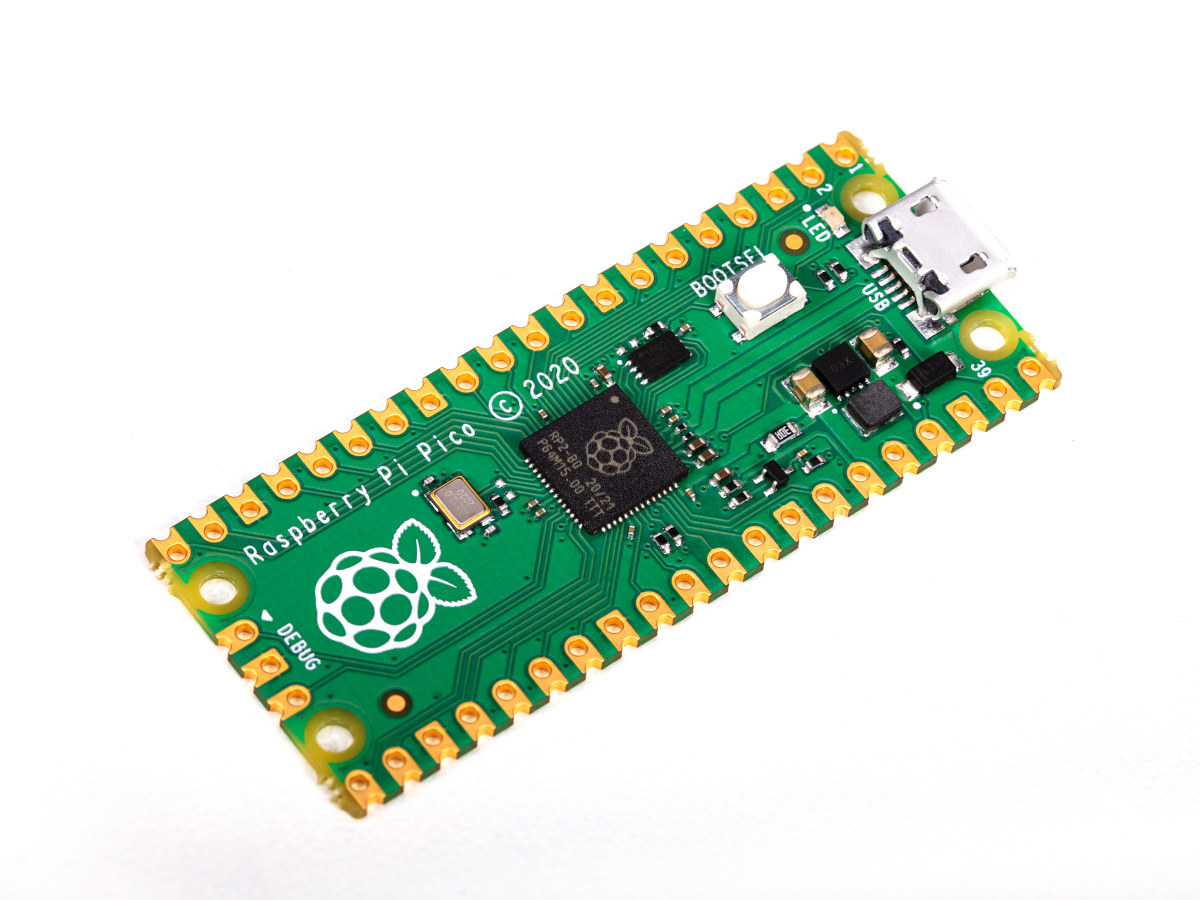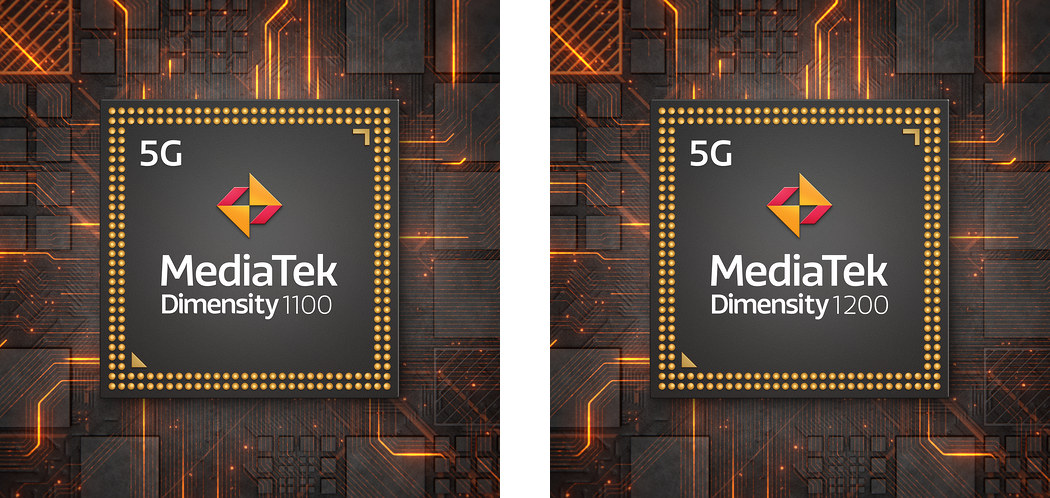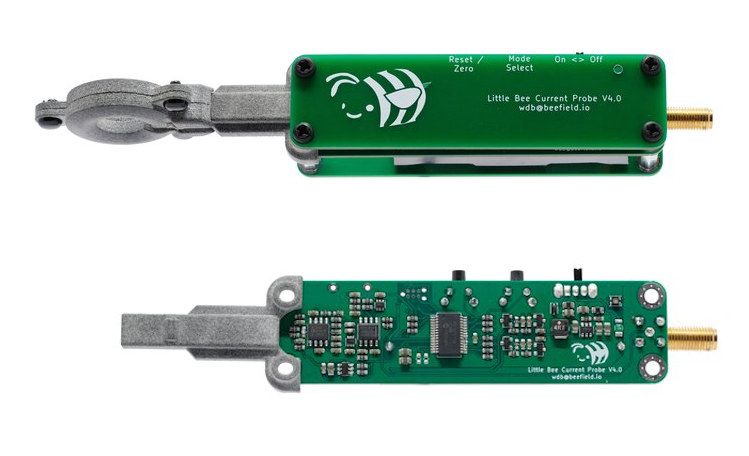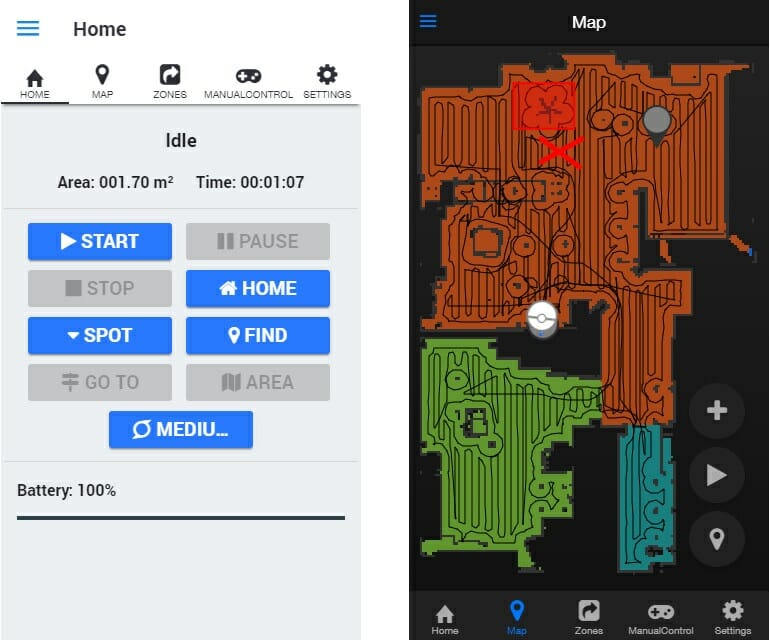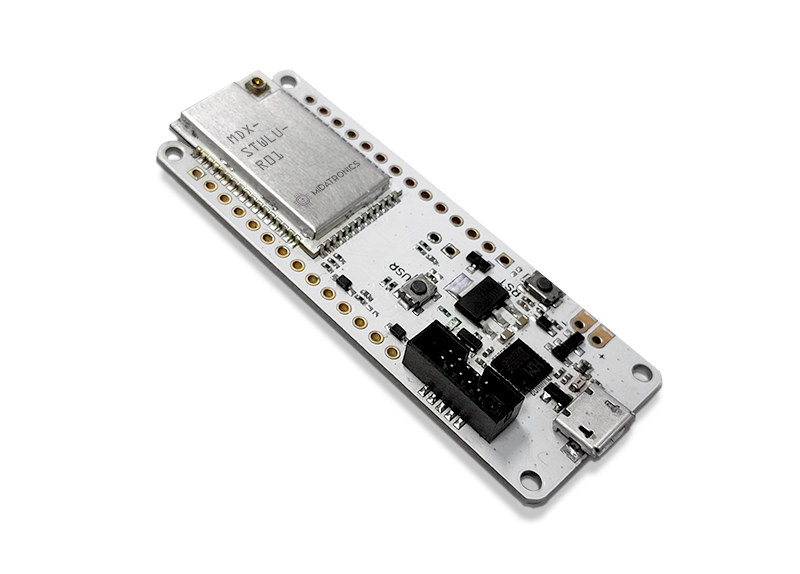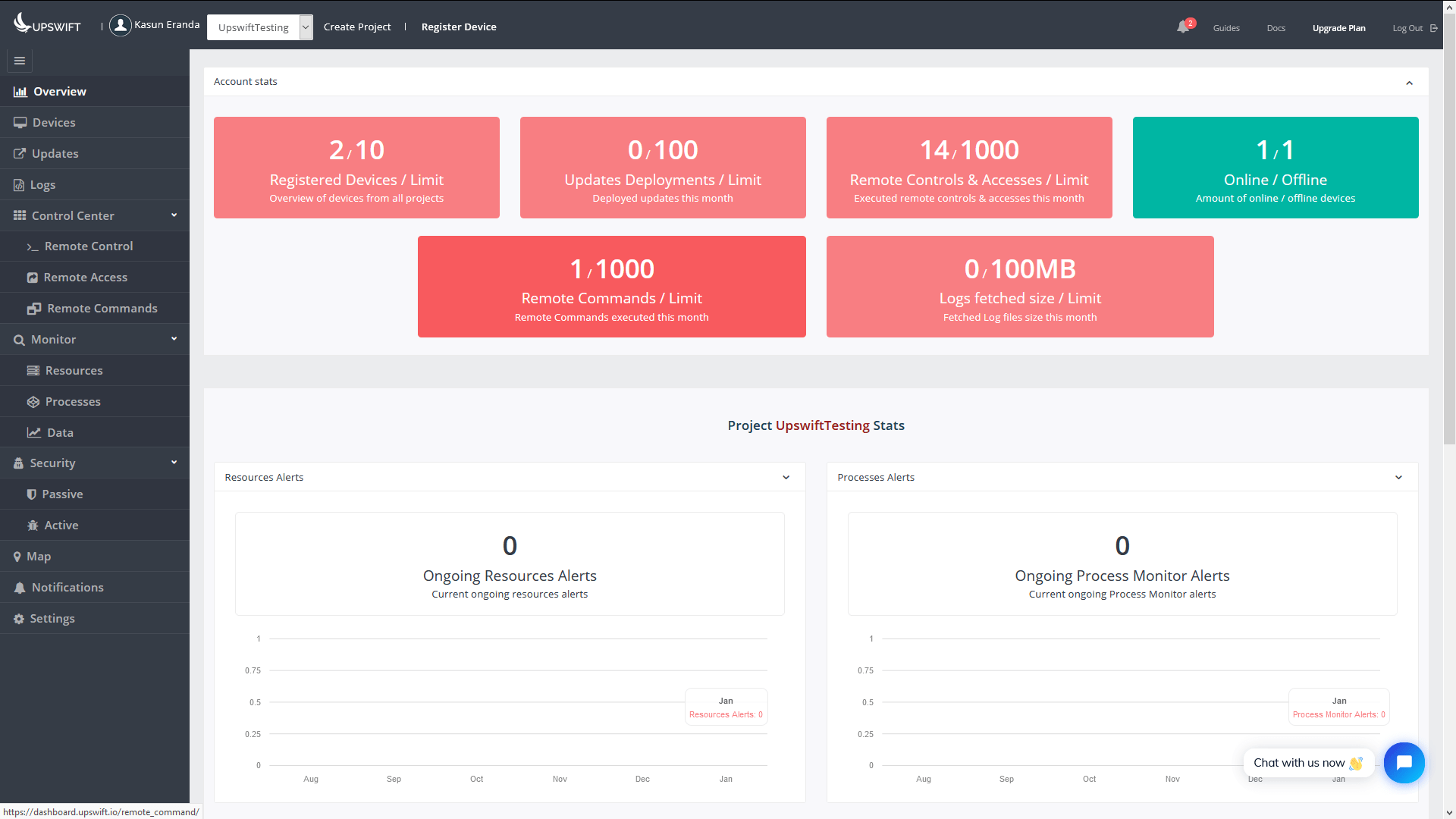RISC-V has made a lot of progress in just a few years, but for anything requiring 3D graphics acceleration, it’s not quite there yet. and we only expect RISC-V SoC with Imagination Technologies GPU to come out later this year on hardware such as BeagleV SBC. An OS that will definitely require 3D graphics acceleration is Android, and work has already started since T-Head, a business entity of Alibaba Group specializing in semiconductor chips, has already ported Android 10 (AOSP) on RISC-V architecture with support for graphics and the touchscreen display. The demo above runs on ICE EVB powered by a XuanTie C910 based high-performance SoC board developed by T-Head. Specifically, the ICE SoC integrates two XuanTie C910 cores (RV64) @ 1.2 GHz, one other XuanTie C910V core @ 1.2 GHz with vector extensions, a single-core 3D GPU core [Update: it’s a Vivante GC8000UL GPU], DDR4 memory support, a GMAC […]
Third-party Raspberry Pi RP2040 boards from Arduino, Adafruit, Sparkfun and Pimoroni
I’ve just written about the launch of the Raspberry Pi Pico board and Raspberry Pi RP2040 MCU, which, as I explained in the announcement, could be used with third-party boards, but what I was not made aware during the embargo was that RP2040 boards were already being worked on, and other companies jointly announced their own custom Raspberry Pi Pico compatible board with Adafruit, Arduino, Pimoroni, and Sparkfun joining the party. Arduino Nano RP2040 Connect Board When I first wrote about Raspberry Pi Pico, I really saw it would be a competitor to Arduino boards, but instead Arduino and Raspberry Pi joined hands to design Arduino Nano RP2040 Connect with the board including 16MB external SPI flash, a u-blox NINA WiFi & Bluetooth module, an STMicro MEMS sensor with 9-axis IMU and microphone, and the ECC608 crypto chip. That obviously means Arduino Core will also support the new RP2040 MCU. […]
$4 Raspberry Pi Pico board features RP2040 dual-core Cortex-M0+ MCU
The Raspberry Pi Foundation introduced the Linux-capable Raspberry Pi board in 2012 to teach programming and computers. Since then, the company has introduced models with faster processors, more memory, faster interfaces, culminating with the launch of Raspberry Pi 4 in 2019. The board also comes with a 40-pin header to teach electronics, but relying on a Linux SBC to blink a LED, gather data from sensors, or controlling servos is a bit over the top. So the Raspberry Pi Foundation decided to create their own MCU board called Raspberry Pi Pico powered by RP2040 dual-core Cortex-M0+ microcontroller designed in-house by the foundation. Raspberry Pi RP2040 microcontroller Before we look at the board, let’s check out RP2040 specifications highlights: Core – Dual Cortex M0+ cores up to 133 MHz (48MHz default) Memory – 264 kB of embedded SRAM in 6 banks Peripherals 30 multifunction GPIO 6 dedicated IO for SPI Flash […]
MediaTek Dimensity 1100 and 1200 5G mobile SoC’s reach up to 3GHz
MediaTek has just unveiled not one, but two premium 5G SoC’s with Dimensity 1100 and Dimensity 1200 octa-core processors with the latter including an “Ultra” Arm Cortex-A78 clocked at up to 3GHz. Both chipsets are manufactured on TSMC’s advanced 6nm process technology, offer 5G connectivity up to 4.7Gbps download speed, and improvement in terms of performance, and camera compared to the earlier Dimensity 1000+ processor. MediaTek Dimensity 1100 and Dimensity 1200 share many of the same specifications: CPU DImensity 1100 4x Arm Cortex-A78 @ up to 2.6GHz 4x Arm Cortex-A55 @ up to 2GHz DImensity 1200 1x ultra-core Arm Cortex-A78 @ up to 3GHz 3x Arm Cortex-A78 cores 4x Arm Cortex-A55 cores @ up to 2GHz GPU – Arm Mali-G77 MC9 AI accelerator – Six-core MediaTek APU 3.0 VPU Video Playback – H.264, H.265 / HEVC, VP-9, AV1 Video Encoding – H.264, H.265 / HEVC Memory – Up to 16GB […]
Little Bee is an affordable, open hardware current & magnetic field probe (Crowdfunding)
Little Bee is an affordable, open-source hardware, and high-performance current probe and magnetic field probe designed to debug and analyze electronic devices at a much lower cost than existing solutions such as Migsic CP2100B or I-prober 520. This type of tool is especially important for power electronics, which has become ever more important with electric vehicles, alternative energy solutions, and high-efficiency power supplies. Little Bee B1 hardware specifications and key features: Based on Anisotropic Magneto-Resistive (AMR) magnetic sensor. Adjustable bandwidth (10 MHz and 1 MHz) Adjustable gain (1x and 4x) Automatic zeroing SMA Output Connector for connection to any standard 1 MΩ impedance oscilloscope input Current sensing Bandwidth – DC – 10 MHz Sensitivity – 0.25 Volts/Amp Max Current – +/- 5 A Noise – 3 mA RMS at 10 MHz bandwidth, 2 mA RMS at 1 MHz bandwidth DC Accuracy – +/- 15% Insertion Impedance – 100 nH in […]
Valetudo is a cloud-free web interface for robot vacuum cleaners
In my review of Kyvol Cybovac S31 LDS smart robot vacuum cleaner, I noted that app permissions meant both the map of your house and GPS coordinates may be sent to the cloud. But it was pointed out to me that earlier LDS robot vacuum cleaners from Roborock/Xiaomi were supported by Valetudo project that removes the need to connect to the cloud, and implements a mobile-friendly web interface as well as MQTT support for integration with Home Assistant or Node-RED. The project is not a custom firmware for the robots, and instead, the stock firmware is patched with Valetudo which developers describe as an “alternative App implementation + mock cloud which runs on the robot itself.” The good news is that you don’t necessarily need to teardown your vacuum cleaner to root it and install Valetudo, but it will depend on the model, and manufacturing date/firmware installed. The less good […]
Arduino MKR inspired MKR Windy board is equipped with STM32WL LoRa SoC
We recently wrote about MKR SharkyPro BLE, Zigbee, OpenThread development board based on STM32WB55 MCU and following Arduino MKR form factor, but it turns out Midatronics has also launched a similar-looking board with LoRa connectivity. MKR Windy board features the company’s Windy STM32WL module with an uFL connector and following the same Arduino MKR layout. MKR Windy specifications: Wireless Module – Windy module (MDX-STWLU-R01) Wireless MCU – STMicro STM32WLE5JX/STM32WL55JX Arm Cortex-M4 MCU @ 48 MHz with up to 256KB flash, 64KB SRAM Connectivity Semtech SX126x sub-GHz radio with LoRa, (G)FSK, (G)MSK, and BPSK modulation, 150 MHz to 960 MHz frequency range RX Sensitivity: –123 dBm for 2-FSK, -148 dBm for LoRa Antenna – uFL connector for external antenna Supply Voltage – 1.8 V to 3.6 V Dimensions : 16 x 26 mm Temperature Range – 40°C to + 85 °C USB – 1x Micro USB port for power and programming […]
Managing Edge IoT Linux Devices Closely, Remotely, Securely
CNXSoft: This is a guest post by Roy Dalal, Embedded Systems Engineer who looked for IoT device management solutions, and ended up using Upswift. With the recent shift from Real-Time Operating Systems (RTOS) to Linux-based embedded systems, there has been a boom in the IoT industry in creativity and expandability and opened doors to a whole new level of automation. Unlike the previous generation of IoT devices which followed the “program once, use forever” concept, with the new developments in the IoT industry, mainly the devices based on Linux operating systems that demand more and more flexibility, accessibility, and control. It has been challenging to address all these points at once when it comes to remote monitoring and control of these devices; especially if one produces thousands of those smart devices to be sold worldwide. The ability to manage these connected devices (Raspberry Pi, Jetson Nano, or any SOM/SBC that […]


